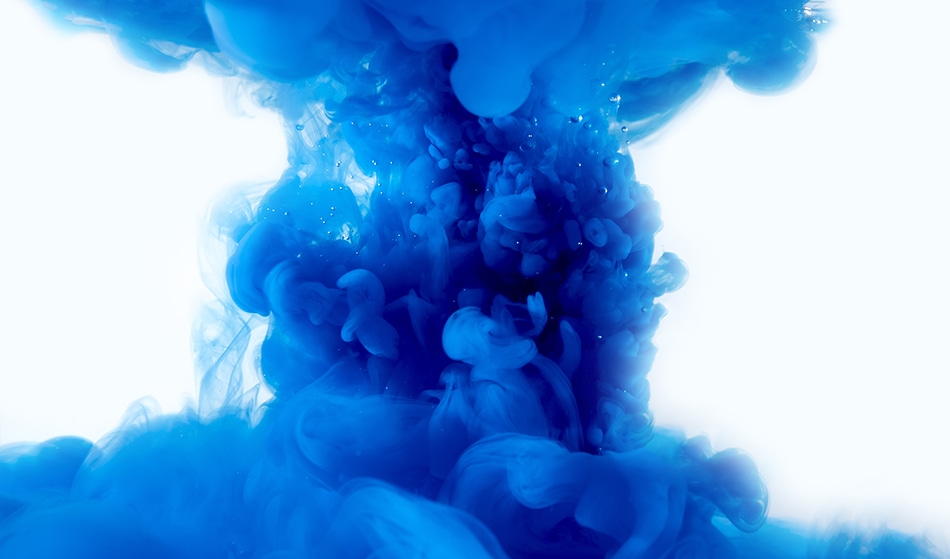
4045 / Shutterstock
A popular blue-colored dye known as methylene blue is a commonly used in textile mills and is often found in wastewater coming out of these facilities.
While one approach to addressing this waste-product could be to develop better disposal methods, a new study has revealed the dye can be used for the controlled capture, storage and release of energy. Authors behind the new study said they found methylene blue is a promising candidate for redox flow batteries, which are big, liquid batteries that could store energy from wind farms and solar panels for use during calm or cloudy weather.
Study author Timothy Cook, assistant professor of chemistry at the University at Buffalo, noted that past research has often focused on removing methylene blue from wastewater, “but the problem with a lot of these methods is that they’re expensive and generate other kinds of waste products.”
“Methylene blue is a widely used dye. It can be harmful to health, so it’s not something you want to dump into the environment without treating it,” Cook said in a news release.
The study team said they were motivated by the idea that wastewater with methylene blue could be useful. They added that the new study, published in the journal ChemElectroChem, is the “first step” in determining if methylene blue in textile wastewater could be used in batteries.
“For this to be practical, we would need to avoid the costly process of extracting the dye from the water,” Cook said. “One of the things we’re interested in is whether there might be a way to literally repurpose the wastewater itself.”
The wastewater from industrial textile production includes a significant amount of salts. Redox flow batteries require salt as a supporting electrolyte, which means salt in wastewater is a bonus, the study team said.
“This is all speculative right now: We don’t know if it will work because we haven’t tested it yet,” Cook said.
In the research paper, the study team revealed that methylene blue is efficient at critical tasks linked with energy storage: the controlled capture, storage, and release electrons. For their study trials, the researchers created two basic batteries based on the dye, which was dissolved in salt water.
The first battery operated almost flawlessly through 50 charge-drain cycles: Nearly all energy the researchers put in, they were able to extract. As time passed, however, the battery’s ability to storing energy dropped as molecules of methylene blue became caught up on a membrane that was vital to the device’s function.
The second battery developed by the team used a new membrane material that addresses the problem with the first battery. This device preserved the efficiency of the initial battery, and it did not have a significant drop in energy storage capacity over 12 charge-drain cycles.
The study's outcomes indicate that methylene blue is a useful material for redox flow batteries, the researchers said, and the next step is to obtain genuine wastewater from a textile mill that uses methylene blue. The researchers added that they would likely concentrate the wastewater through evaporation, creating a solution with the dye and the essential salts, which could then be placed in a battery.
Study co-author Anjula Kosswattaarachchi said her team’s findings with particularly important to her from a personal point-of-view. She had worked on developing novel fabric technologies for the Sri Lanka Institute of Nanotechnology (SLINTEC). Textiles are a very important economic sector in Sri Lanka and other countries, but wastewater pollution is a massive drawback.
“We believe that this work could set the stage for an alternative route for wastewater management, paving a path to a green-energy storage technology,” Kosswattaarachchi said.
Disclaimer: The views expressed here are those of the author expressed in their private capacity and do not necessarily represent the views of AZoM.com Limited T/A AZoNetwork the owner and operator of this website. This disclaimer forms part of the Terms and conditions of use of this website.